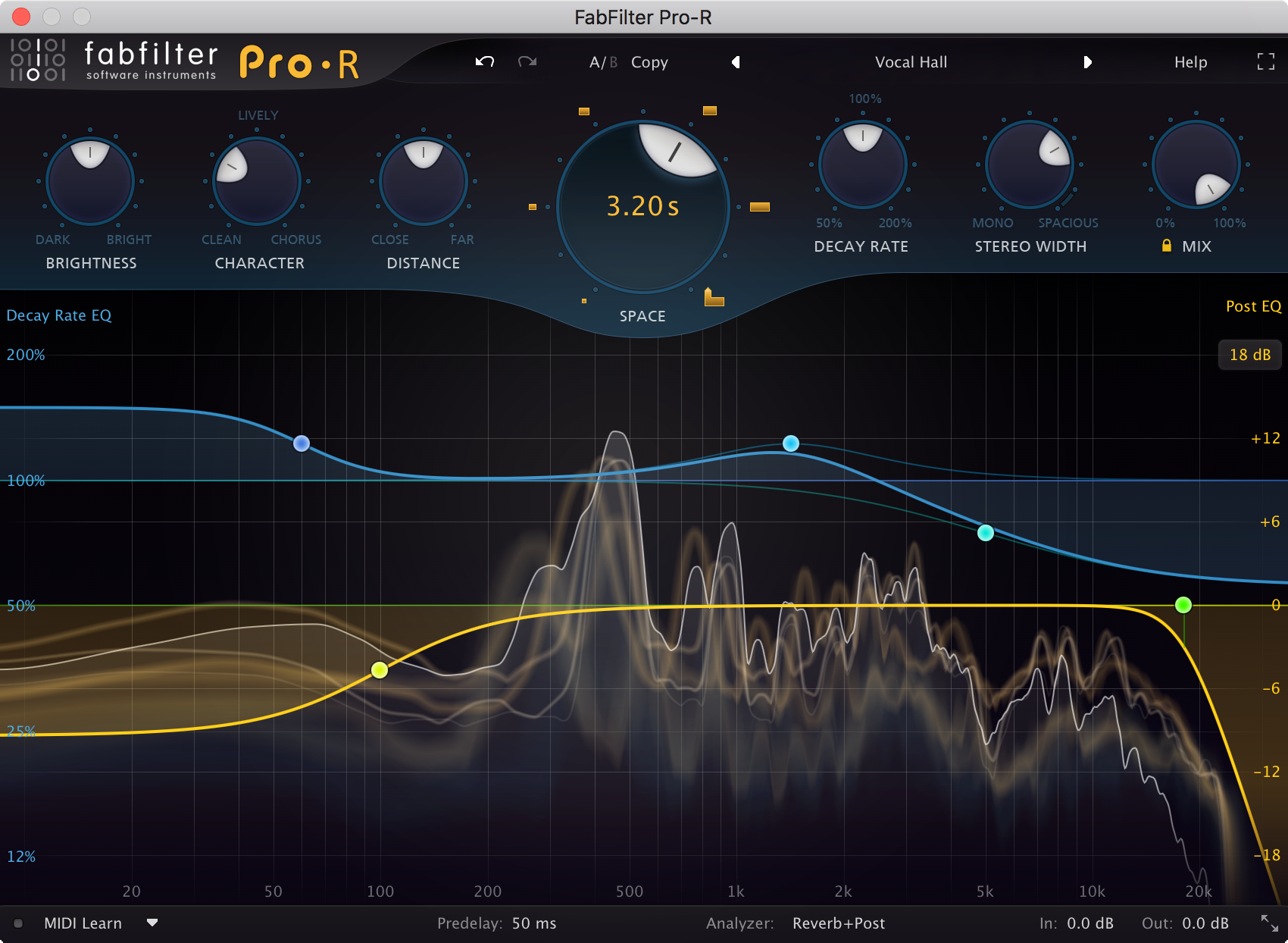
Smith S, Kozin ED, Kanumuri VV, Barber SR, Backous D, Flávio Nogueira J, Lee DJ (2019) Initial experience with 3-dimensional exoscope-assisted transmastoid and lateral skull base surgery. Rubini A, Di Gioia S, Marchioni D (2020) 3D exoscopic surgery of lateral skull base. A systematic review of the technical surgical and educational aspects. Ricciardi L, Chaichana KL, Cardia A, Stifano V, Rossini Z, Olivi A, Sturiale CL (2019) The exoscope in neurosurgery: an innovative “point of view”. J Laparoendosc Adv Surg Tech A 23(7):639–643. įrykman PK, Duel BP, Gangi A, Williams JA, Berci G, Freedman AL (2013) Evaluation of a video telescopic operating microscope (VITOM) for pediatric surgery and urology: a preliminary report. Taylor B, Myers EM (2015) Initial gynecologic experience using the VITOM(®) HD exoscope for vaginal surgery.
SMEXOSCOPE ARMANDO FOR FREE
Acta Otorhinolaryngol Ital 32(5):326–328ĭe Virgilio A, Mercante G, Gaino F, Yiu P, Mondello T, Malvezzi L, Colombo G, Pellini R, Spriano G (2020) Preliminary clinical experience with the 4 K3-dimensional microvideoscope (VITOM 3D) system for free flap head and neck reconstruction. Ĭarlucci C, Fasanella L, Ricci Maccarini A (2012) Exolaryngoscopy: a new technique for laryngeal surgery. Kwan K, Schneider JR, Du V, Falting L, Boockvar JA, Oren J, Levine M, Langer DJ (2019) Lessons learned using a high-definition 3-dimensional exoscope for spinal surgery. Rossini Z, Cardia A, Milani D, Lasio GB, Fornari M, D’Angelo V (2017) VITOM 3D: preliminary experience in cranial surgery. Preyer S (2017) Endoscopic ear surgery-a complement to microscopic ear surgery. Tarabichi M (1997) Endoscopic management of acquired cholesteatoma. Mudry A (2000) The history of the microscope for use in ear surgery.

To date, EX advantages are not enough to abandon the OM, and it can be considered as an additional, innovative tool to be added to ear surgical equipment. ConclusionĮX resulted safe and efficient in treating diseases of the middle ear in post-auricular approaches. Limits were a need of a large surgical corridor and the bright structures rendering in high magnification. Advantages of EX were lightness, maneuverability and compactness, less need of endoscopy during surgery, and teaching potential. In EX group, one complication occurred––a middle cranial fossa cerebrospinal fluid leak. No statistically significant difference was found between the two groups concerning ORst and operative time.

Same types of procedures were enrolled in OM group. Surgical procedures in EX group were nine tympanoplasties with mastoidectomy, 1 mastoidectomy for acute complicated mastoiditis, 1 revision miringoplasty, and 2 cochlear implants. Thirteen patients were included in each group. Patient demographics, indications for surgery, procedure type, complications, operating room setting time (ORst), operative time, adequacy of visualization, image quality, ergonomics aspects, instrument usability, and technique as a teaching tool were investigated.
SMEXOSCOPE ARMANDO SERIES
MethodsĪ case series of consecutive patients surgically treated with a post-auricular approach using EX was retrospectively compared with a similar previous series treated with operating microscope (OM). The aim of this study was to evaluate the potential of 3D exoscope (EX) in selected ear procedures assessing if this new technology could be an improvement in the field of ear surgery.


 0 kommentar(er)
0 kommentar(er)
